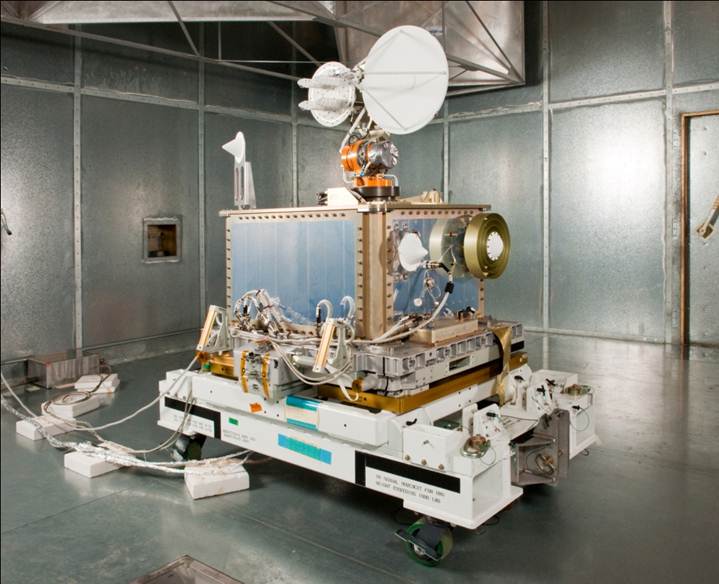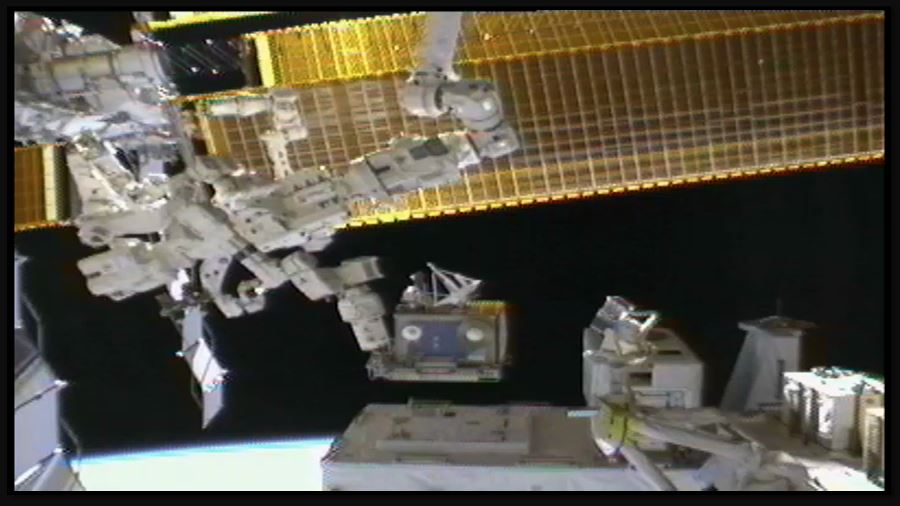Many thanks to SWLing Post contributor Dan (VR2HF) who writes:
“This looks like the world’s most expensive SDR to me. And a little mysterious. Like quantum computing!”
(Source: NASA)
Space Communications and Navigation (SCAN) Testbed
The SCAN Testbed, formerly known as Communications, Navigation, and Networking reConfigurable Testbed (CoNNeCT), served as a test facility for NASA research on radio communications and the Global Positioning System (GPS).
The SCAN Testbed was launched on July 20, 2012 on a Japanese H-IIB Transfer Vehicle and installed in the International Space Station to provide an on-orbit, adaptable software-defined radio (SDR) facility with corresponding ground and operational systems. This permitted mission operators to remotely change the functionality of radio communications through software once deployed to space, offering them flexibility to adapt to new science opportunities and recover from anomalies within the science payload or communication system.
The SCAN Testbed payload was used to conduct a variety of experiments with the goal of further advancing other technologies, reducing risks on other space missions, and enabling future mission capabilities.
After seven successful years, and more than 4,200 hours of testing, it was decommissioned June 3, 2019 as it burned up in the trunk of SpaceX CRS-17 upon reentry into Earth’s atmosphere.
To learn more:
Communications Testbed Leaves Legacy of Pioneering Technology
2019 Space Technology Hall of Fame: Ka-Band Software-Defined Radio (SDR)/Harris AppSTAR™ Architecture
NASA’s Space Communications Testbed
Unique Testbed Soon will be in Space
SCAN Testbed Celebrates One Year Anniversary
Glenn Research Center SCAN Testbed
Thank you for sharing this, Dan! I had never heard of the SCAN testbed. I can only imagine what it might have been capable of accomplishing from orbit. I dare say there are even more powerful SDRs orbiting the planet at this moment!


